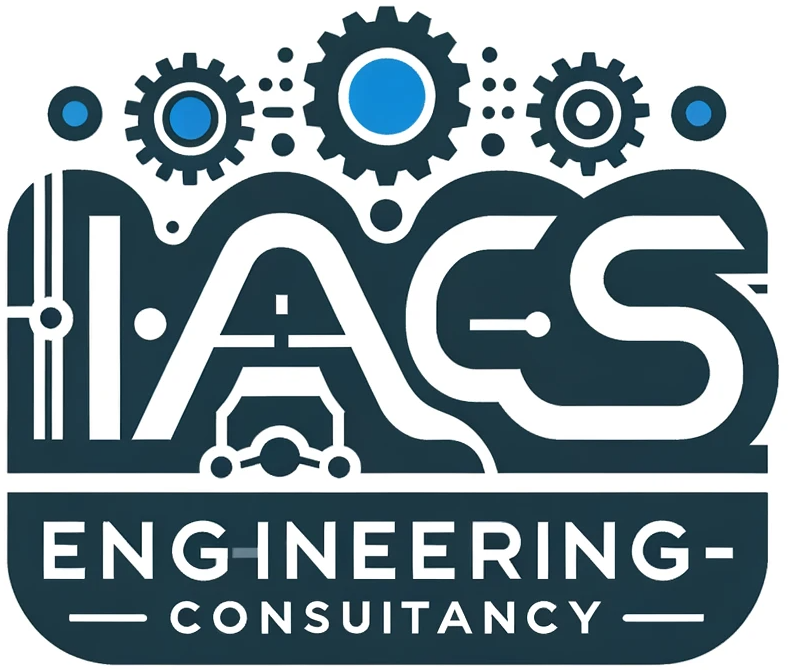Introduction to Industrial Filtering:
In the realm of industrial automation and control, the integrity of signal processing stands as a cornerstone for reliable system performance. Filters, often overlooked in academic settings, play a pivotal role in the real-world environment, ensuring that control systems respond accurately to process variables rather than noise or transient disturbances. This guide delves into the practical application of filters in PLC (Programmable Logic Controller), PAC (Programmable Automation Controller), and DCS (Distributed Control System) programs, highlighting their significance in enhancing system stability and performance.
Why Filters are Essentials?
- Noise Reduction: Industrial environments are rife with electrical noise and interference. Filters serve as the first line of defense, purifying sensor signals before they reach the control logic, ensuring decisions are based on accurate data.
- Signal Smoothing: Erratic sensor readings can lead to unstable control actions. By smoothing out these signals, filters help maintain a steady process control, enhancing the system’s overall reliability.
- Improved Control Performance: Properly filtered signals result in more precise control actions, preventing oscillations and improving the system’s response to changing process conditions
Where to Implement Filters:
- Input Signal Processing: Implementing filters at the input stage cleans incoming signals from sensors, making them more reliable for control algorithms.
- Data Logging and Monitoring: Filters ensure that recorded data accurately reflects process conditions, aiding in troubleshooting and system analysis.
- Actuator Control Signals: Smoothing control signals to actuators helps prevent wear and tear, extending equipment lifespan and ensuring smoother operation.
Choosing and Implementing the Right Filters:
Selecting the Appropriate Filter: The choice of filter—be it low-pass for eliminating high-frequency noise, or band-pass for isolating specific signal components—depends on the application and the nature of the noise. Consider the signal characteristics and desired outcome when choosing your filter type.
Software Implementation Tips:
- Low-Pass Filter Example: For smoothing temperature sensor readings, a simple low-pass filter can be implemented in your PLC program as follows:
Filtered_Value = (Previous_Filtered_Value * (1 - Alpha)) + (New_Sensor_Value * Alpha)
Where Alpha is a constant between 0 and 1 that determines the filter’s responsiveness.
- Integrating Filters in Logic: Most PLC/PAC/DCS programming environments support custom function blocks or scripts, allowing you to integrate filtering algorithms directly into your control logic.
Case Studies: Real-World Applications:
- Vibration Monitoring in Motors: A case study on using band-pass filters to isolate and analyze specific vibration frequencies in industrial motors, leading to early detection of mechanical failures.
- Temperature Control in Chemical Reactors: How low-pass filters improved the stability of temperature control loops in a chemical processing plant, enhancing product quality and process efficiency.
Best Practices and Considerations:
- Design and Tuning: Proper filter design and tuning are crucial to avoid introducing signal delays or inaccuracies. Simulation tools can be invaluable in testing filter performance before deployment.
- Computational Overhead: Be mindful of the computational demands of digital filters, especially in complex systems. Balance the need for filtering accuracy with the available processing power to maintain real-time system performance.
Conclusion:
The practical implementation of filters in PLC/PAC/DCS systems is a testament to the bridging of academic concepts with industrial applications. By carefully selecting and integrating filters into your control programs, you can significantly enhance system reliability, performance, and accuracy. We invite you to share your experiences or challenges with filtering in industrial settings. Together, let’s continue to elevate the field of automation and control engineering.
